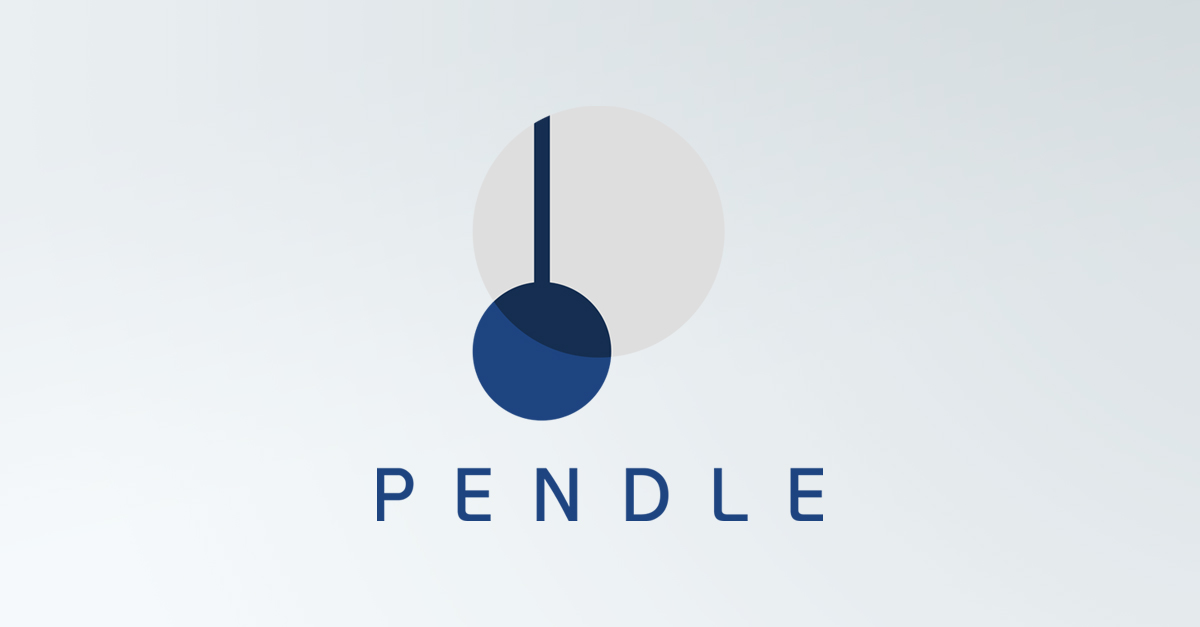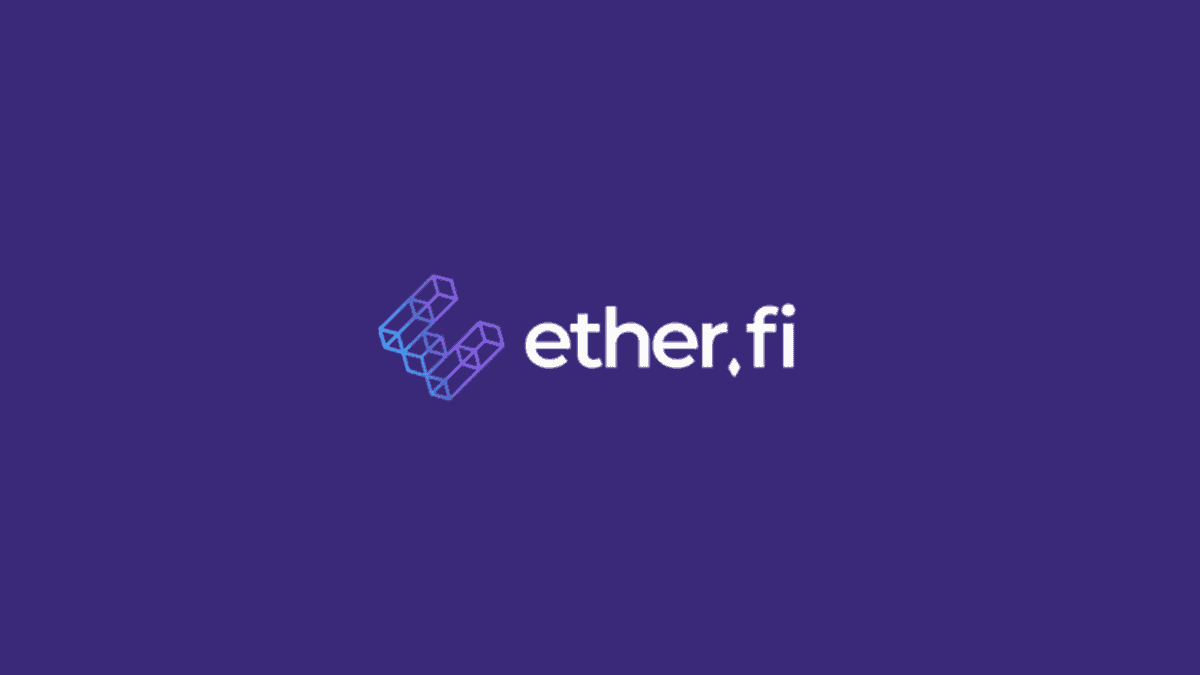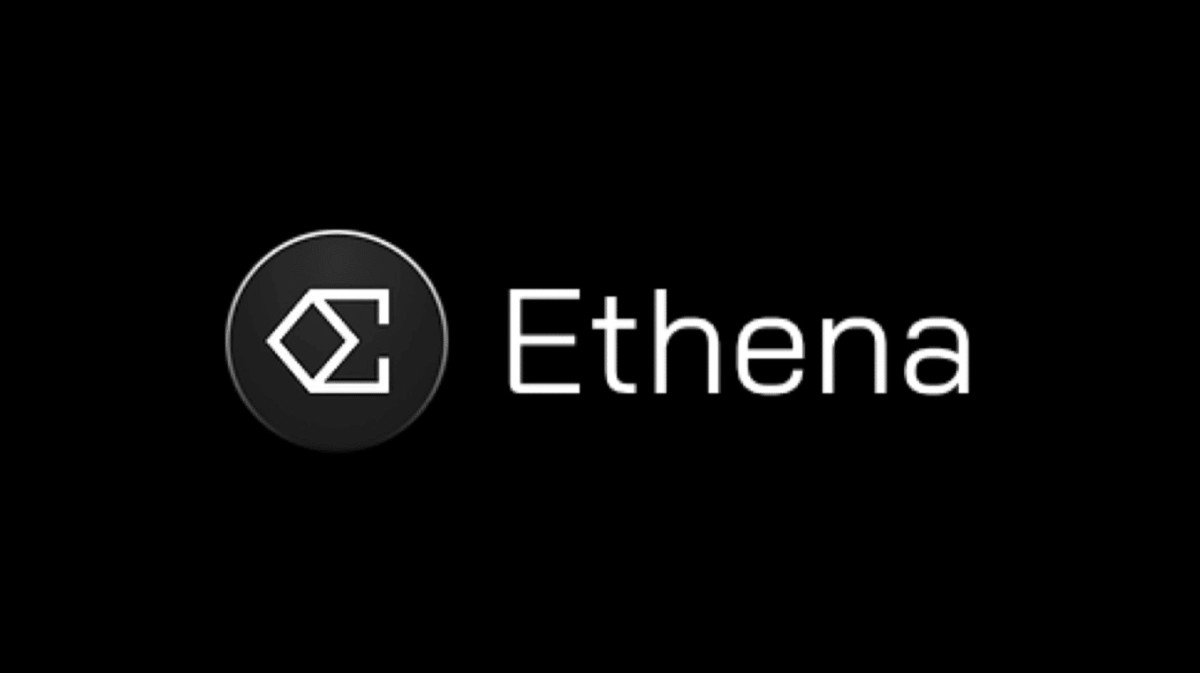Ethereum staking has become a cornerstone of the cryptocurrency ecosystem, offering investors a way to earn passive income while supporting the network’s security and functionality. With Ethereum’s transition to Proof-of-Stake (PoS) fully implemented, staking has grown in popularity among both institutional and retail investors. By locking up a certain amount of ETH, users can participate in the validation process and earn rewards in return.
As the crypto landscape evolves, 2025 is set to showcase an array of innovative and reliable Ethereum staking platforms that cater to varying user needs, from ease of use and low entry barriers to robust security and competitive returns. In this guide, we explore the 15 best Ethereum staking platforms of 2025, highlighting their unique features, benefits, and what sets them apart in this highly competitive market. Whether you’re a seasoned crypto enthusiast or a newcomer, these platforms offer opportunities to maximize your staking rewards while contributing to Ethereum’s decentralized vision.
What is Ethereum Staking?

Ethereum staking involves locking up a specific amount of Ethereum (ETH) in a blockchain network to help validate transactions and secure the network. In return, participants, known as validators, receive rewards. This process eliminates the need for energy-intensive mining while maintaining Ethereum’s decentralization and security.
Staking became possible after the Ethereum Merge, where Ethereum transitioned to the proof-of-stake model. Validators are chosen to propose and verify blocks of transactions, and their stake ensures they act in the network’s best interest. Misconduct could lead to penalties or a loss of funds, emphasizing the importance of responsible participation.
For users, staking represents an opportunity to earn passive income without active trading. However, it requires a reliable platform to ensure the safety and optimal performance of their staked ETH.
How Does Ethereum Staking Work?

To stake Ethereum, participants need to lock a minimum of 32 ETH to run a validator node. Validators take turns proposing new blocks and confirming transactions. Their honesty is incentivized by staking rewards, while malicious behavior can result in penalties like slashing (a partial or full loss of the staked ETH).
Also Read: 12 New Promising Layer 1 Blockchain Projects in 2025
For those who don’t own 32 ETH or prefer not to manage a node, staking platforms offer a simpler alternative. These platforms pool ETH from multiple users and manage validator nodes on their behalf. Participants earn rewards proportional to their contribution, minus the platform’s fees.
Rewards for staking depend on the network’s total staking participation. A lower staking rate means higher rewards per staked ETH, while increased participation slightly reduces individual returns. By staking ETH, users contribute to Ethereum’s scalability and security while earning a predictable income.
15 Best Ethereum Staking Platforms in 2025

This guide explores the 15 best Ethereum staking platforms in 2025, examining their unique features, pros and cons, and what makes them stand out. Whether you’re a beginner or an experienced crypto user, this list will help you stake smartly and securely.
1. Lido

Lido continues to dominate as the most widely adopted Ethereum staking protocol. As of 2025, it secures over 30% of all staked ETH, providing deep liquidity through stETH, which is now integrated into over 50 DeFi protocols.
Lido’s modular validator set and DAO governance have grown more decentralized, addressing past centralization critiques. Its real strength? stETH is accepted nearly everywhere—from lending protocols to real-world asset platforms.
Pros | Cons |
Highly liquid stETH token | Smart contract risk |
Supported on major DeFi protocols | Centralization concerns |
Simple and user-friendly interface | Protocol dominance may pose systemic risks |
2. Aave

Aave’s native staking features now allow ETH to earn compound yields—staking rewards plus interest from lending activities. Aave’s Ethereum staking vault uses a unique algorithm to dynamically shift user funds between lending pools and staking contracts based on real-time APYs. In essence, Aave turns your ETH into a smart, self-optimizing asset that earns on both fronts.
Pros | Cons |
Integrated with lending markets | Requires technical knowledge |
Flexible staking options | Gas fees can be high |
DeFi composability | Not purely a staking-focused platform |
3. Curve Finance
Best known for its stablecoin pools, Curve has evolved into a multi-asset DeFi giant. In 2025, Curve’s crvETH pool allows users to stake ETH derivatives like stETH, rETH, and frxETH in deeply liquid pools, all while earning boosted CRV rewards.
The Curve Gauge System lets DAOs bribe voters to prioritize their ETH staking tokens, creating a DeFi-native yield warzone with consistently high APYs.
Pros | Cons |
High rewards through boosted pools | Complex interface for new users |
DAO governance and rewards | Requires CRV locking for boosts |
Strong DeFi partnerships | Focused on advanced users |
4. Yearn Finance
Yearn’s ETH staking strategies now plug into multiple platforms simultaneously—Lido, Rocket Pool, Frax, and EigenLayer—automatically rebalancing funds to chase the highest yields. It’s yield farming, automated. With new “yield tranches,” users can choose between risk-adjusted APYs or aggressive yield maximization, making it perfect for both conservative and high-risk investors.
Pros | Cons |
Automated yield optimization | Smart contract complexity |
Easy exposure to multiple strategies | Risk of yield fluctuations |
Strong community support | Not beginner-friendly |
5. Rocket Pool

Rocket Pool is the go-to for truly decentralized staking. In 2025, its permissionless node operator model has expanded to thousands of solo stakers. Its native rETH token is widely accepted and gives users direct exposure to validator rewards.
The biggest draw? Anyone with just 8 ETH (versus 32 ETH normally) can run their own mini-validator, earning both staking rewards and commissions from pooled ETH.
Pros | Cons |
Decentralized node operator network | Requires minimum 16 ETH to run node |
rETH is liquid and widely supported | Lower yields than Lido in some cases |
Strong community governance | More technical for node operators |
6. Frax Finance
Frax’s frxETH/sfrxETH dual-token staking model has become a favorite among advanced DeFi users. frxETH functions like a stable staked ETH, while sfrxETH accrues staking yield.
Frax also auto-compounds validator rewards into Curve and Convex pools, creating a synergistic loop of DeFi yield farming with staking at the core.
Pros | Cons |
Innovative monetary design | Ecosystem still maturing |
Composability with Frax products | Relatively newer protocol |
Strong DeFi integrations | Risks tied to Frax’s algorithmic stability |
7. Pendle Finance

Pendle’s innovation lies in turning yield into a tradable token. ETH stakers can tokenize and sell their future staking rewards today, effectively letting them hedge, speculate, or arbitrage yield curves. The platform has emerged as a favorite for institutional desks wanting to actively manage yield exposure while remaining staked.
Pros | Cons |
Yield tokenization and flexibility | Complex for beginners |
Great for advanced DeFi strategies | Low liquidity on some markets |
Long-term and short-term exposure | Relies on external yield sources |
8. EigenLayer

EigenLayer exploded in 2025 by allowing ETH stakers to “restake” their ETH or staked derivatives like stETH to secure middleware protocols, oracles, and bridges—earning extra yield for their contribution to Ethereum’s extended security layer. EigenLayer’s dual-yield model has created a new paradigm of Ethereum-native staking derivatives.
Pros | Cons |
Innovative restaking concept | High technical complexity |
Boosted rewards | Smart contract and slashing risks |
Backed by strong investors | Early stage protocol features |
9. EtherFi

EtherFi blends non-custodial staking with NFT innovation. Each staking position is wrapped in a unique NFT that represents validator ownership.
This opens up staking to new financial possibilities like NFT-collateralized loans, fractional validator ownership, and gamified staking. It’s one of the most creative staking models of 2025.
Pros | Cons |
Non-custodial and decentralized | Newer player with limited adoption |
Liquid staking options | Less liquidity than major competitors |
Validator ownership | Still building out ecosystem integrations |
10. Ethena

Ethena offers a synthetic dollar stablecoin (USDe) backed by delta-neutral staked ETH positions. In essence, Ethena earns staking rewards while hedging ETH’s volatility via shorting ETH futures. This gives users a stable, yield-bearing alternative to traditional stablecoins—without ever needing to off-ramp from ETH.
Pros | Cons |
Innovative yield model with synthetic assets | Model is experimental |
High APY potential | Dependence on external peg mechanisms |
Backed by large DeFi investors | Still in development phase |
11. Jito

Originally launched for Solana, Jito’s Ethereum branch captures MEV (Maximal Extractable Value) at the validator level and redistributes it to stakers. It combines Ethereum staking rewards with a share of MEV profits, resulting in some of the highest net APYs in the market—especially during volatile trading hours.
Pros | Cons |
Advanced MEV strategies | Not Ethereum-native |
High-yield potential | Cross-chain risk |
Efficient infrastructure | Limited ETH-specific features |
12. Babylon

Babylon is pioneering Bitcoin-secured Ethereum staking. It allows BTC holders to back Ethereum validators through cross-chain smart contracts, unlocking ETH staking yields for Bitcoin liquidity. This trustless integration brings billions of idle BTC into Ethereum’s PoS economy, creating a new class of cross-chain stakers.
Pros | Cons |
Unique BTC-on-Ethereum staking | Still under development |
Enhances security and interoperability | Conceptually complex |
Broadens staking assets | Niche use case for ETH holders |
13. StakeDAO

StakeDAO focuses on strategy-as-a-service, offering vaults tailored to DAO treasuries, DeFi projects, and whales. Its ETH staking vaults can be customized to restake into EigenLayer, participate in bribes on Curve, or pair staked ETH with real-world assets—turning staking into an on-chain treasury management solution.
Pros | Cons |
Aggregated ETH staking options | Fee layers may reduce yield |
DAO governance | UX could be simplified |
Cross-protocol exposure | Less transparent risk models |
14. Tenderize

Tenderize allows users to stake ETH with service providers (like oracles or data availability layers) and earn tokenized income. Staking is tied to real-world performance of on-chain work, with slashing applied when services fail. This aligns staking rewards directly with decentralized infrastructure reliability.
Pros | Cons |
Innovative service token model | Still growing user base |
Liquid staking features | Lower TVL compared to leaders |
Expanding ecosystem | Not widely adopted yet for ETH |
15. Keep Network
Keep Network’s 2025 revival centers around privacy-preserving ETH staking. Using zero-knowledge proofs and threshold encryption, it enables confidential validator operations and anonymous reward payouts. This is ideal for institutions seeking to stake ETH without revealing their on-chain activity or validator performance.
Pros | Cons |
Focus on privacy and interoperability | Niche use case for general stakers |
Supports tBTC and ETH staking | Less emphasis on ETH yield maximization |
Security-focused approach | Complex governance structure |
Is Ethereum Staking Safe and Worth It?
Ethereum staking has become a popular way to earn passive income while contributing to the network’s security. But before you jump in, it’s crucial to understand both the risks and rewards. Let’s break it down and give you some practical tips to get started.
Safety Considerations
Staking Ethereum can be safe—if you approach it wisely. While the process itself is secure, there are risks you need to be aware of:
- Slashing Penalties: If the validator you use behaves maliciously or goes offline, you could lose a portion of your staked ETH.
- Platform Hacks: Using unreliable staking platforms could expose your funds to cyberattacks.
- Technical Glitches: Operating your own validator requires technical expertise; a small mistake could lead to losses.
Also Read: 10 Top Binance Competitors & Alternatives in 2025
How to Stay Safe
- Choose Reputable Platforms: Research platforms with a proven track record, like Lido, Coinbase, or Binance.
- Check for Insurance: Some platforms offer insurance for funds in case of hacks or technical failures.
- Diversify: Don’t stake all your ETH in one place. Spread it across a few trusted platforms to minimize risk.
- Stay Updated: Follow Ethereum staking news to know about potential network changes or vulnerabilities.
Financial Returns
Staking rewards are predictable and consistent, which makes them appealing. However, they can vary based on several factors:
- Network Staking Rate: The more people staking ETH, the lower the rewards per participant.
- Validator Performance: Validators that stay online and perform well earn better rewards.
- Fees: Platforms charge fees that can eat into your earnings.
Why the Returns Are Worth It:
- Passive Income: You’re earning ETH without trading or active management.
- Compounding: Rewards can be restaked, allowing your earnings to grow over time.
- Stability: While returns aren’t astronomical, staking is far less volatile than speculative crypto investments.
Pro Tip for Maximizing Rewards:
- Look for platforms with low fees and strong performance records.
- Use liquid staking solutions like stETH from Lido or rETH from Rocket Pool to earn rewards while keeping your funds accessible.
- Regularly reinvest your rewards to compound your earnings over time.
Why Staking Ethereum Is Worth It
Ethereum staking isn’t just about earning rewards—it’s also about supporting the network. For long-term ETH holders, staking offers a way to grow your portfolio while contributing to the ecosystem. Here’s why it’s a win-win:
- Helps Ethereum Scale: Staking powers Ethereum’s proof-of-stake model, making the network faster and more efficient.
- Decentralization Matters: By staking, you’re playing an active role in keeping the blockchain secure and decentralized.
- Flexibility with Liquid Staking: Platforms like Lido or Ankr let you stake without locking up your funds, so you can still access your ETH when needed.
Actionable Tips to Make the Most of Staking
- Start Small: If you’re new, begin with a small amount to understand how the process works.
- Research Platforms: Look for transparency in how platforms operate and what fees they charge.
- Keep an Emergency Fund: Don’t stake ETH you might need for other financial commitments.
Conclusion
Ethereum staking has become a cornerstone of the blockchain ecosystem, combining the potential for financial rewards with the opportunity to support the network’s security and scalability. Whether you’re a seasoned investor or just starting, staking offers a straightforward way to grow your holdings while participating in Ethereum’s evolution.
The key to successful staking lies in aligning it with your goals, understanding the risks, and taking the time to evaluate your options. Consider factors like fees, safety measures, and ease of access when choosing where and how to stake. By doing so, you can make informed decisions that optimize your rewards and minimize potential risks.
As Ethereum adoption continues to rise, staking represents more than just a way to earn—it’s a chance to actively contribute to one of the most transformative technologies of our time. With careful planning and consistent effort, staking can become a valuable part of your long-term crypto strategy.
Disclaimer: The information provided by HeLa Labs in this article is intended for general informational purposes and does not reflect the company’s opinion. It is not intended as investment advice or recommendations. Readers are strongly advised to conduct their own thorough research and consult with a qualified financial advisor before making any financial decisions.

Joshua Soriano
I am a writer specializing in decentralized systems, digital assets, and Web3 innovation. I develop research-driven explainers, case studies, and thought leadership that connect blockchain infrastructure, smart contract design, and tokenization models to real-world outcomes.
My work focuses on translating complex technical concepts into clear, actionable narratives for builders, businesses, and investors, highlighting transparency, security, and operational efficiency. Each piece blends primary-source research, protocol documentation, and practitioner insights to surface what matters for adoption and risk reduction, helping teams make informed decisions with precise, accessible content.
- Joshua Soriano#molongui-disabled-link
- Joshua Soriano#molongui-disabled-link
- Joshua Soriano#molongui-disabled-link
- Joshua Soriano#molongui-disabled-link

